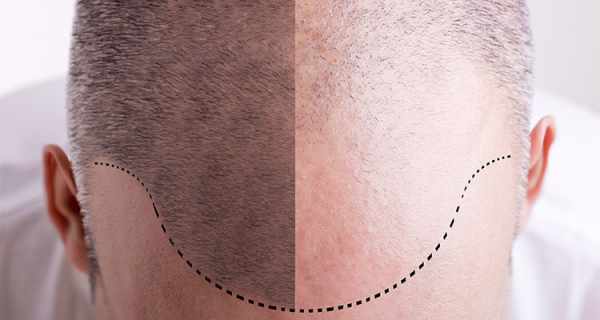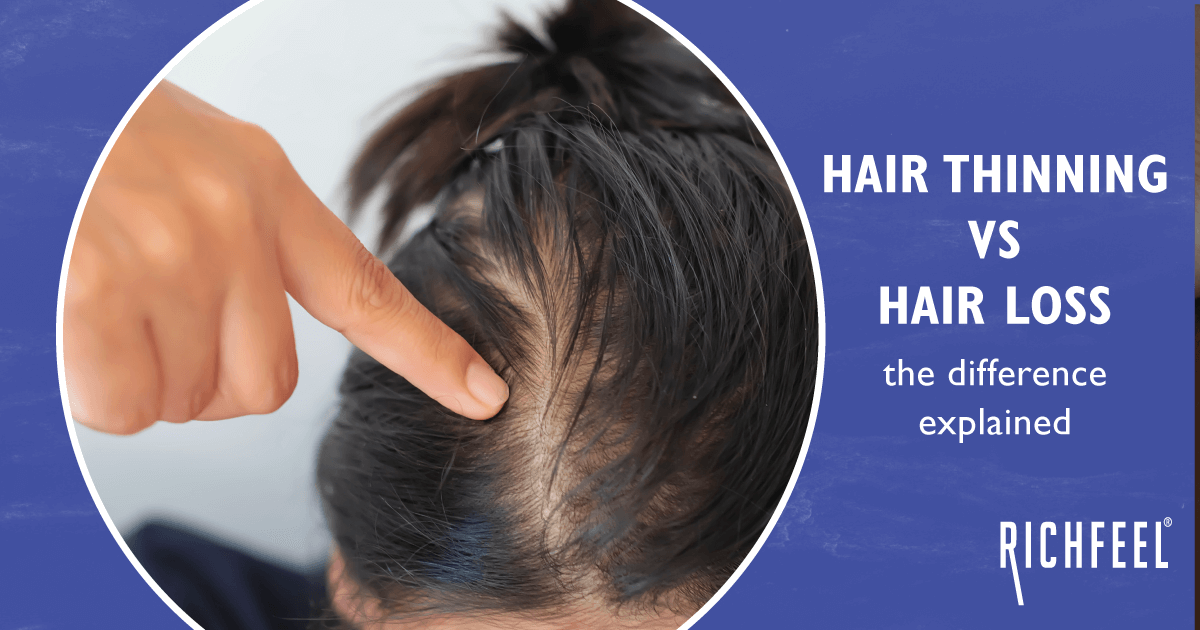While short hair is ideal for our hot humid climate and gives a young lively look. For most Indian women, long hair is the traditional woman’s forte and will continue to be so for a long time.
But since a large population of women are venturing out of the house to work, taking care of their hair becomes much more difficult than it used to be. Long hair has specific problem, the common problems associated with long hair are:
long-hair-care-tips
Split Ends: Traveling to work by train or car with the wind rushing through your hair might leave you with hair like a haystack. Working also leaves little time to condition your hair and take care of it as our grandmothers did.
Split ends are also often caused by mineral deficiency. Drink plenty of water to flush out toxins. Make sure you include a lot of protein in your diet – Spinach, paneer and milk are the right nutrients to feed you hair.
Loose Anagen Syndrome: Another factor related to diet, is loose Anagen syndrome. To the common man, this is seen as hair falling with a white tip. The presence of the root or white bulb indicates that while your hair growth cycle is normal, your hair root is not strong enough to sustain the pressure of a fully-grown hair. The longer your hair, the worse the problem.
To solve this problem, you would need to change your diet. Contact your Trichologist and he will suggest what nutrients and minerals you are lacking in.
Apart from this, one of the most common causes of shabby looking locks is poor maintenance or lack of good hair care – things like improper brushing and washing and infrequent trimming. The problem is that what many women think is good for their hair may actually be harmful. Through proper care using simple techniques and the right maintenance products, anyone can have long, beautiful and healthy locks.
Finger raking: Upon waking, use the back of the hand, run fingers through hair to remove tangles.
Brushing: Bend forward, allowing hair to fall. Using only a wooden base natural bristle brush, bring hair from the nape of the neck over the head and down to the ends. Then, stand straight again with hair falling normally and brush from the underside of the hairline down the strands to the ends. Now, brush the top layers into place with long, even strokes. After each stroke, smooth hair with hands to reduce static. Increase the number of strokes every week, starting with five and increasing by one a week until you find a comfortable routine. If oiliness develops, reduce strokes.
Brush only when dry. Hair is weakest when it is wet and brushing can easily damage it. Even when hair is dry always comb before brushing.
Combing: Separate hair into small sections. With a wide-tooth comb, carefully work from the ends in a downward direction only. Use only a wooden or tortoise shell comb – never rubber or iron. Make sure the ends of the comb are not pointed. Do not pull or yank hair.
Shampooing: Basic hair care starts with clean hair. Too much cleansing, however, can be damaging. The scalp produces an oily substance called sebum, which coats each hair, and keeps it looking shiny and soft. It is important to choose a shampoo that removes just the right amount of oil. Daily shampooing is not a problem as long as the shampoo is formulated for daily use. After washing, gently towel-dry your hair. Avoid using a blow dryer. Rather, gently squeeze excess water from your hair and blot it with a towel.
Blow Drying: Never comb or brush wet hair, as it is more susceptible to stretching and breaking when wet. Finger- comb it in gentle massage- like movements. Wait until it is damp before styling.
Environment: Before going out to the beach or pool, comb conditioner through the hair. This helps to protect hair from the sun, chlorine, salt water, and from the sun’s heat, and serves as a deep conditioning treatment.
Wear a hat, cap or scarf if you can, to protect hair from over-exposure to the sun, salt or chlorinated water, wind and air pollution.
Trimming: Have hair trimmed on a regular basis (approximately every two months). This is especially important for growing out layers.
Conditioning: Condition your hair by oiling it regularly. While oiling has been a part of an Indian woman’s hair care regime and was in part, responsible for the lustrous quality of her hair, due to a fast paced lifestyle and the dictates of fashion, it is losing popularity. Leave the oil in your hair for a night and then wash off the next morning.
Styling: Your hairstyle is a reflection of your personality and a wonderful way to express your individuality. All too often conventional styling products contain alcohol or other harsh chemicals. These ingredients are used to keep the hair in place and to give the appearance of shiny healthy hair.
Sleeping: Even the way you sleep can affect your hair. Restless sleepers may actually be breaking hair as they sleep. If you are a restless sleeper, try a satin pillowcase so that the hair glides when you move in your sleep. On regular cotton cases hair can get caught and break off easily. Putting hair up while sleeping is also helpful. Hair should be put in a ponytail on top of the head. Always use rubber bands that are wrapped in cloth, commonly known as “scrunchies.”
Remember that hair is a man-made fiber and is a natural reflection of your health and well being. So if you are unhealthy, your hair will lack the look you desire. Treat your body with care, follow a proper hair care program and supplement your diet with balancing vitamins and a drop of patience and your hair will look good and feel great.



